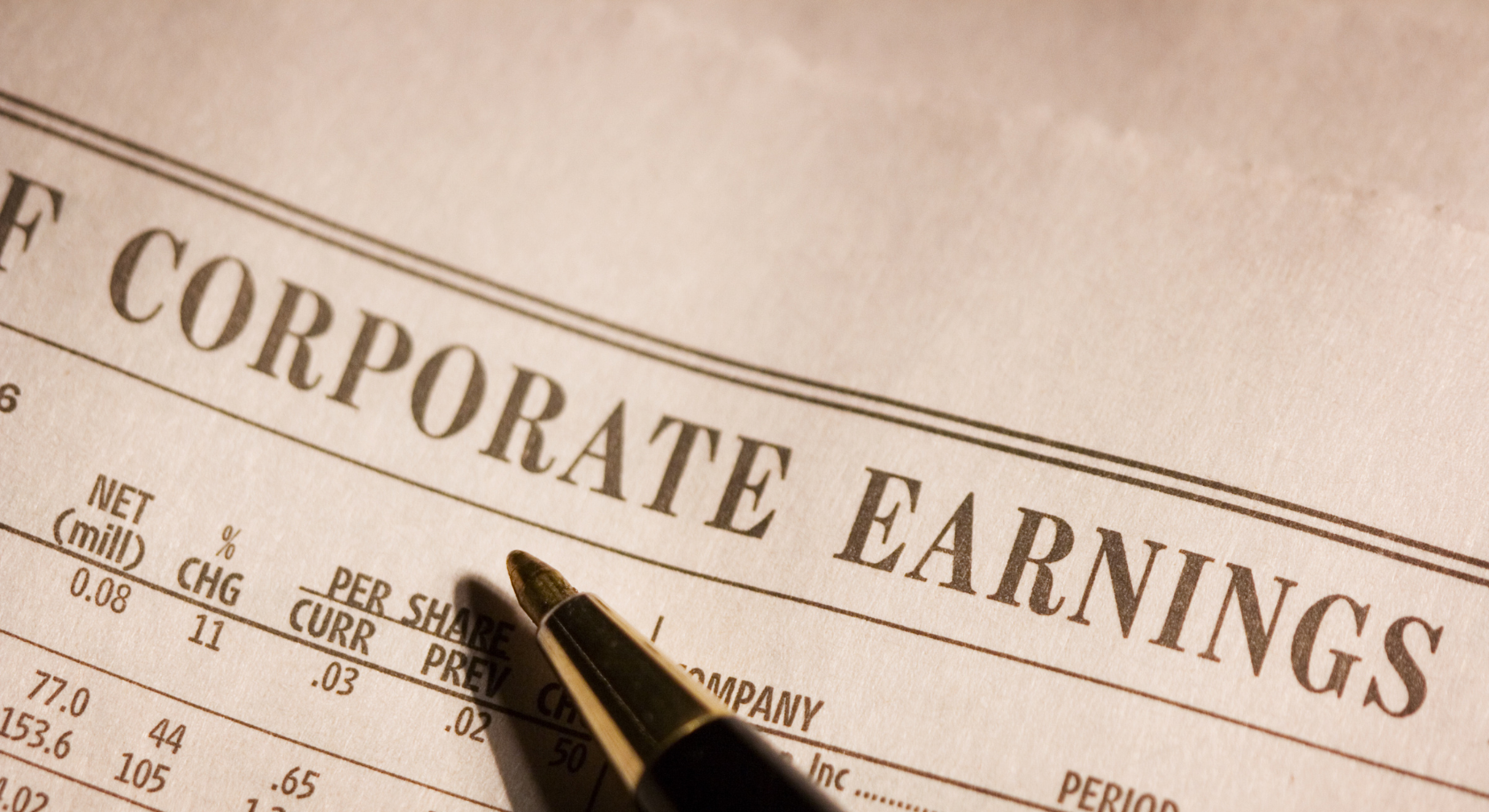Economy & Markets


What Corporate Earnings Reveal About Tariffs
While investors always look to corporate earnings for clues about how businesses are performing, the current earnings season arguably carries greater importance due to tariffs.

How a Weakening Dollar Affects Long-Term Investors
For many Americans, the status of the U.S. dollar reflects the country’s position in the world. However, the dollar has weakened in recent months amid trade and economic uncertainty, declining against a basket of major currencies to its lowest level in three years.

Monthly Market Update for May 2025: A Positive Month Despite U.S. Debt Downgrade
Financial markets rebounded in May with the S&P 500 recovering its year-to-date losses. This positive month occurred against a backdrop of new trade agreements, mixed economic signals, and ongoing concerns about U.S. fiscal health.

Lessons from Warren Buffett for Today’s Market
A key principle of investing is that patience, discipline, and maintaining a long-term perspective are what drive financial success. Perhaps no investor has captured this wisdom as eloquently as Warren Buffett over his five-decade career as CEO of Berkshire Hathaway.

Monthly Market Update for April 2025: Lessons After a Historic Month
April was one of the most volatile months in history as markets reacted to new tariff announcements. However, even though the S&P 500 fell as much as 12% during the month, the index rebounded and closed within one percent of where it started.

Understanding Consumer Debt in a Two-Speed Economy
The financial health of consumers is an important indicator of the broader economy. Consumer spending represents about 70% of all spending across the economy, and steady purchases are one reason economic growth has exceeded expectations over the past few years.

The Bigger Picture on U.S. and China Tensions
Trade tensions between the United States and China have escalated in recent weeks, with both countries implementing unprecedented tariff increases. For the moment, the U.S. has raised tariffs on Chinese goods to 145%, while China has countered with 125% tariffs on American products.

The Importance of Offense and Defense in Challenging Markets
Concerns that a trade war will lead to a recession have spread around the globe. The possibility of retaliatory tariffs is on investors’ minds, with China responding with counter-tariffs, increasing the odds of a worst-case trade war scenario.

Reciprocal Tariffs and the Market Reaction
On April 2, President Trump announced new tariffs on nearly all major trading partners. These tariffs are “reciprocal” in that they correspond to tariffs each country imposes on U.S. goods and are on top of previously announced duties. The average tariff rate across countries is 25%, with rates for some as high as 49%.

Navigating Tariff Uncertainty and Ongoing Market Volatility
With the stock market back near correction territory due to tariff concerns, some investors may feel as if the market is stuck in a “Groundhog Day” loop. Fears of a trade war have kept markets choppy all year, with the technology sector leading the downturn.

Perspectives on Consumer Pessimism and Economic Risk
Concerns over the economy have intensified, leading to a challenging investment environment. The S&P 500 briefly fell into correction territory recently (a decline of 10% or more), while the Nasdaq and major technology stocks have led the downturn.

Finding Perspective Amid Recession Fears
The stock market has stumbled with the S&P 500 and Nasdaq declining year-to-date.1 While tariffs have garnered the most attention, investors are also concerned about mixed economic signals including weak consumer confidence, hotter inflation, government worker layoffs, and more.

